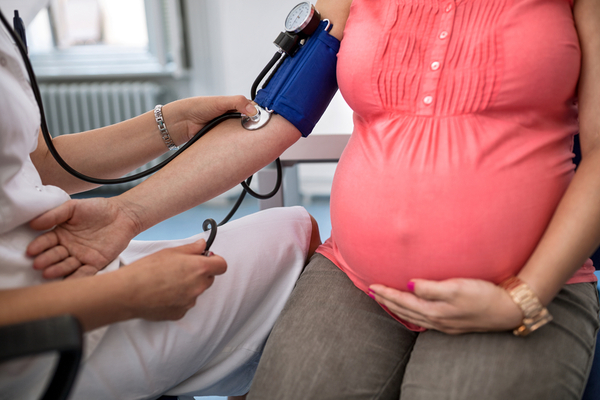Over the past fifteen years, cases of gestational diabetes have doubled in the U.S., with no sign of slowing down. It’s a staggering statistic that is alarming medical professionals across the country.
Gestational diabetes occurs during pregnancy when the body can’t produce enough insulin, the hormone made by the pancreas that controls the amount of glucose in the blood and helps regulate the metabolism of food. During pregnancy, the body makes additional hormones and undergoes other changes such as weight gain causing cells to use insulin less effectively — a condition called insulin resistance — resulting in a rise in blood sugar.
According to the Centers for Disease Control and Prevention, gestational diabetes increases the risk of high blood pressure during pregnancy and the chances of having a large baby requiring delivery by Caesarean section. The baby also is at higher risk of an early birth, which can result in breathing and other problems, as well as for developing Type 2 diabetes in the future. While the mother’s blood sugar levels often return to normal after birth, about half of those women develop Type 2 diabetes later in life. And, according to the American Heart Association (AHA), Gestational diabetes also raises the risk a woman will develop cardiovascular disease.
Pregnant people usually undergo screening for gestational diabetes between 24 and 28 weeks, sometimes earlier if they have obvious risk factors. Experts describe obesity as the biggest danger, so the rise in gestational diabetes is not surprising since the obesity epidemic has also been escalating in this country, jumping from 30.5 percent among adults from the period 1999-2000 to 42.4 percent in 2017-2018, according to the CDC.
Other risk factors include a family history of Type 2 diabetes, being older than 25 at pregnancy, having had gestational diabetes during an earlier pregnancy, having given birth to a previous baby heavier than 9 pounds or having had twins or triplets, and having polycystic ovary syndrome, a condition that makes it difficult to get pregnant and often is accompanied by insulin resistance. Smoking also raises the risk. Some experts say genetics also may be involved. According to the CDC, minority women — African Americans, Hispanic/Latino Americans, American Indians, Alaska Natives, Native Hawaiian, or Pacific Islanders — are at higher risk. However, not every woman who develops gestational diabetes has obvious risk factors.
Experts blame the rise, at least in part, to the easy availability of inexpensive processed foods that tend to be high in sugar and fat, and sedentary lifestyles, both of which contribute to obesity. They also say that more women are delaying pregnancy until they are older. (Age is also a risk factor for Type 2 diabetes.) And experts say that the Covid-19 pandemic probably added to those factors already in place. Another challenge for medical professionals, is that advising women to eat healthier foods, exercise and lose weight is not always easy. Healthful foods can be expensive, and not always accessible in many low-income communities, especially those where fast-food outlets proliferate.
So, what can you do if diagnosed with gestational diabetes? Experts say that women must make dramatic changes in their eating habits, and in a short period of time. They also need to check their blood sugar with a finger prick at least four times a day — once in the morning after fasting overnight — and then again after each meal. If there is no improvement in blood sugar levels after about two weeks — and about 1 in 4 women are not successful — they must start medication. It’s not easy, but better than letting both mother and baby suffer the health consequences.
—
Photo Credit: didesign021 / Shutterstock.com
